RISE provides hands-on culinary training and a paid internship for refugees. The program includes 3-months (Level 1 certification) of curriculum programming and 3-months (Level 2 certification) of paid internship at our partner restaurants. The students are paired with case managers from the Utah Refugee Center to address basic urgent needs, establish a baseline of stability in their lives and set personal goals. The participants work their way through all areas of a restaurant, learning legal employment, social skills and life skills. Case management works to round out the ecosystem of support including; ESL education, nutrition education, educational assistance and career exploration.
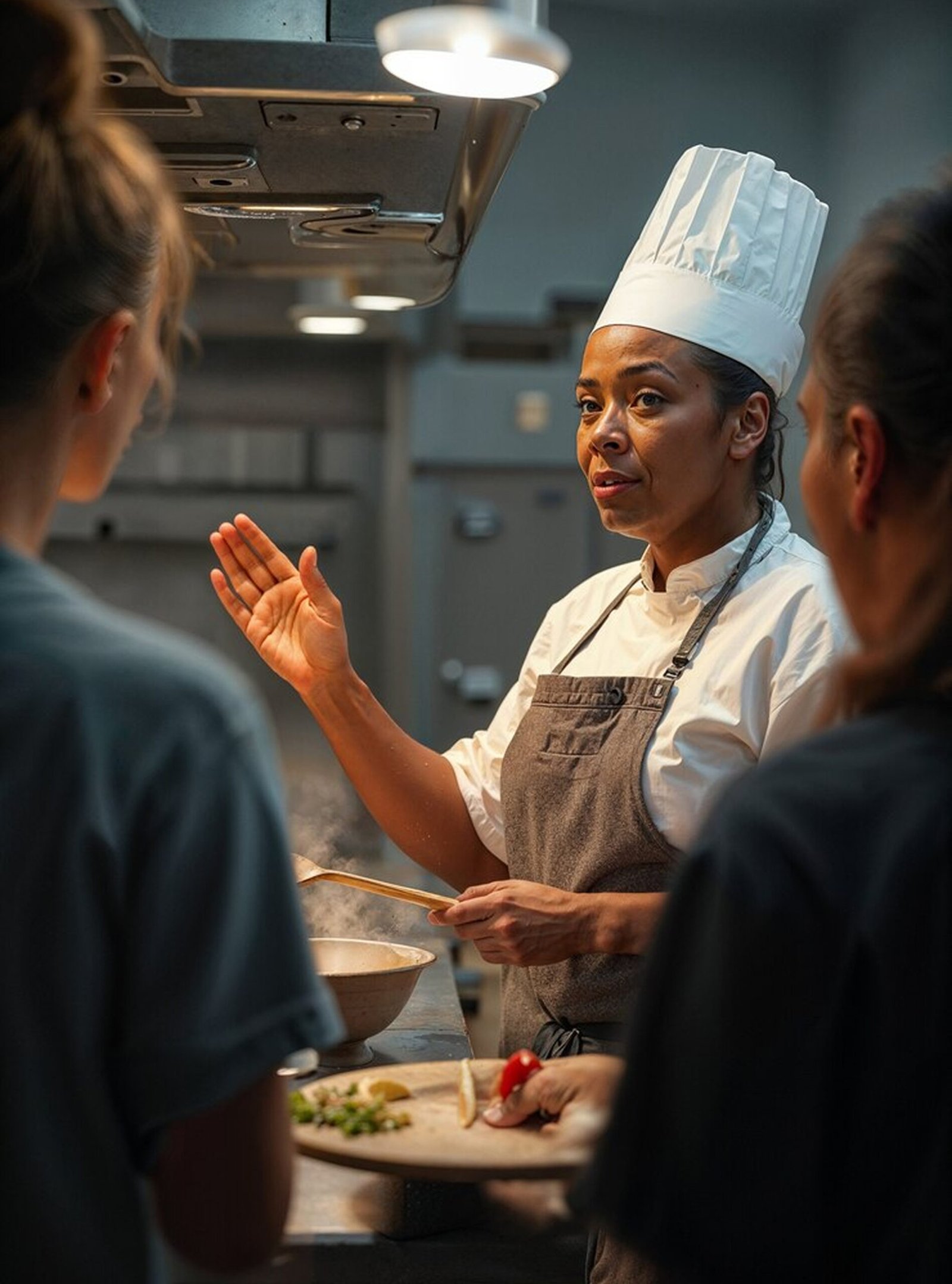

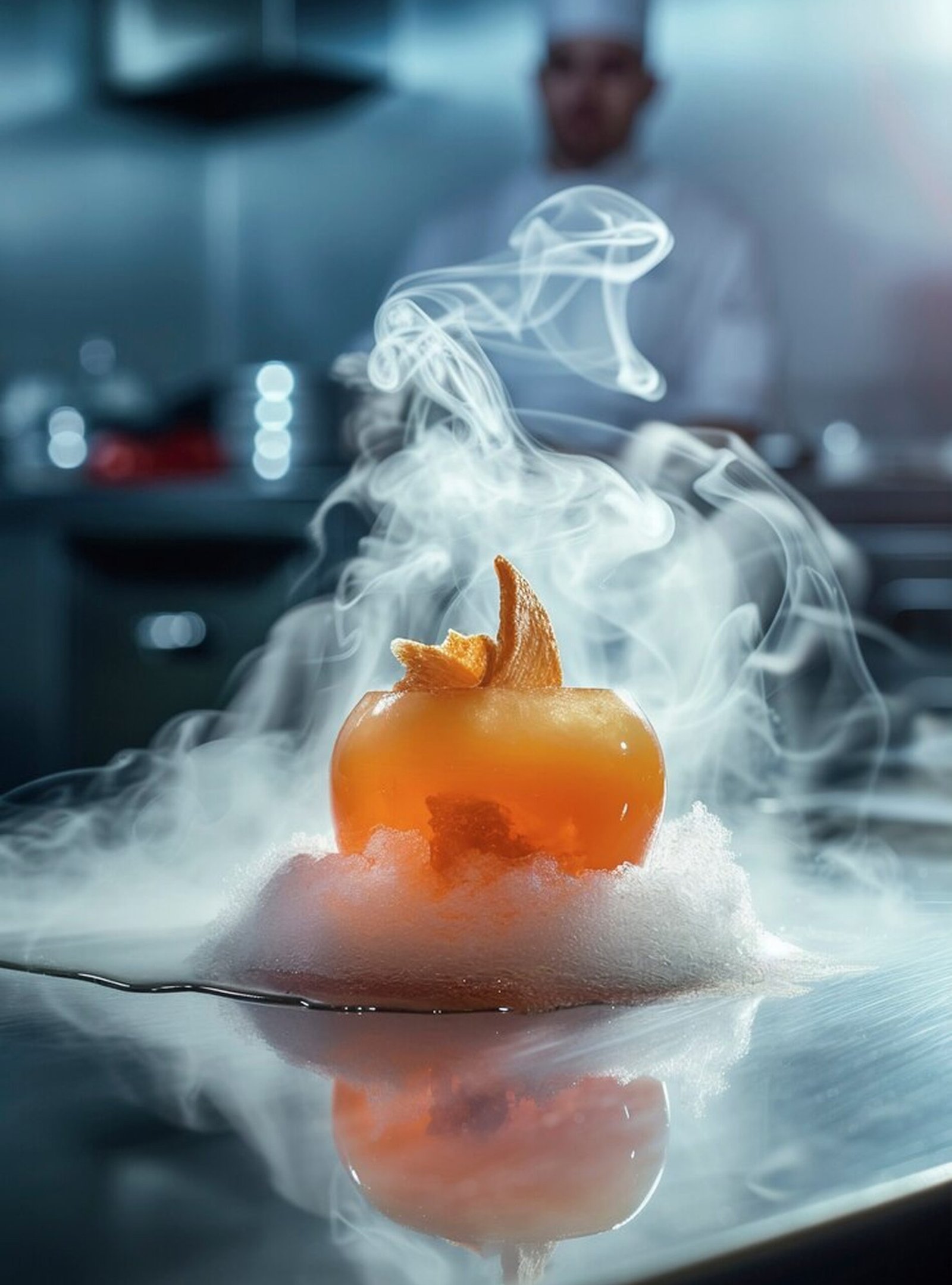
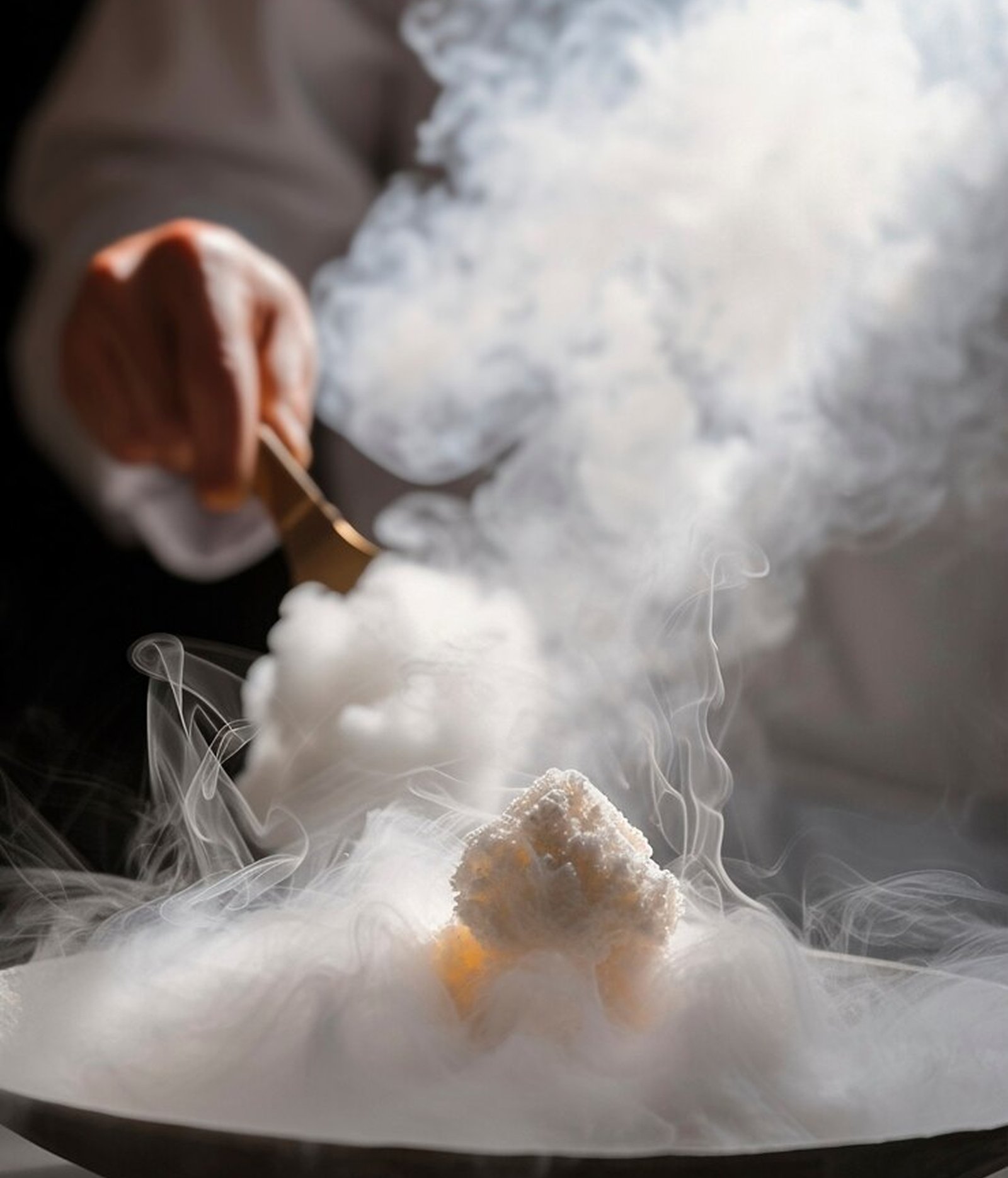
It’s far too common for people who moved to this country to feel like they don’t belong. We all want to feel safe and welcome in the community we call home, but today, too many of our neighbors experience exclusion, isolation, harassment, and even violence on the basis of their identity. Despite efforts put forth by the resettlement agencies there is a considerable gap in helping refugees access adequate housing, education and employment due to various barriers.
Strong communities intentionally connect and include people of all backgrounds. As places look to harness the wealth and vibrancy that comes from diverse talents and a global workforce, we believe our program is a safe and welcoming place to create an inclusive environment that maximizes these contributions and gives refugees and immigrants the tools they need to gain meaningful employment in the hospitality industry.
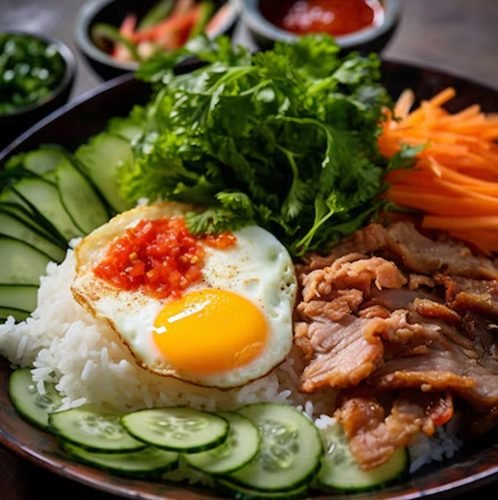

Lasting 3 months with hands-on curriculum which includes a well constructed syllabus complete with all necessary food handling and preparation skills.
Acceptance into our program is met with a strict student capacity of 12 students per season.
3 months in order to enhance skills training and confidence for employability.
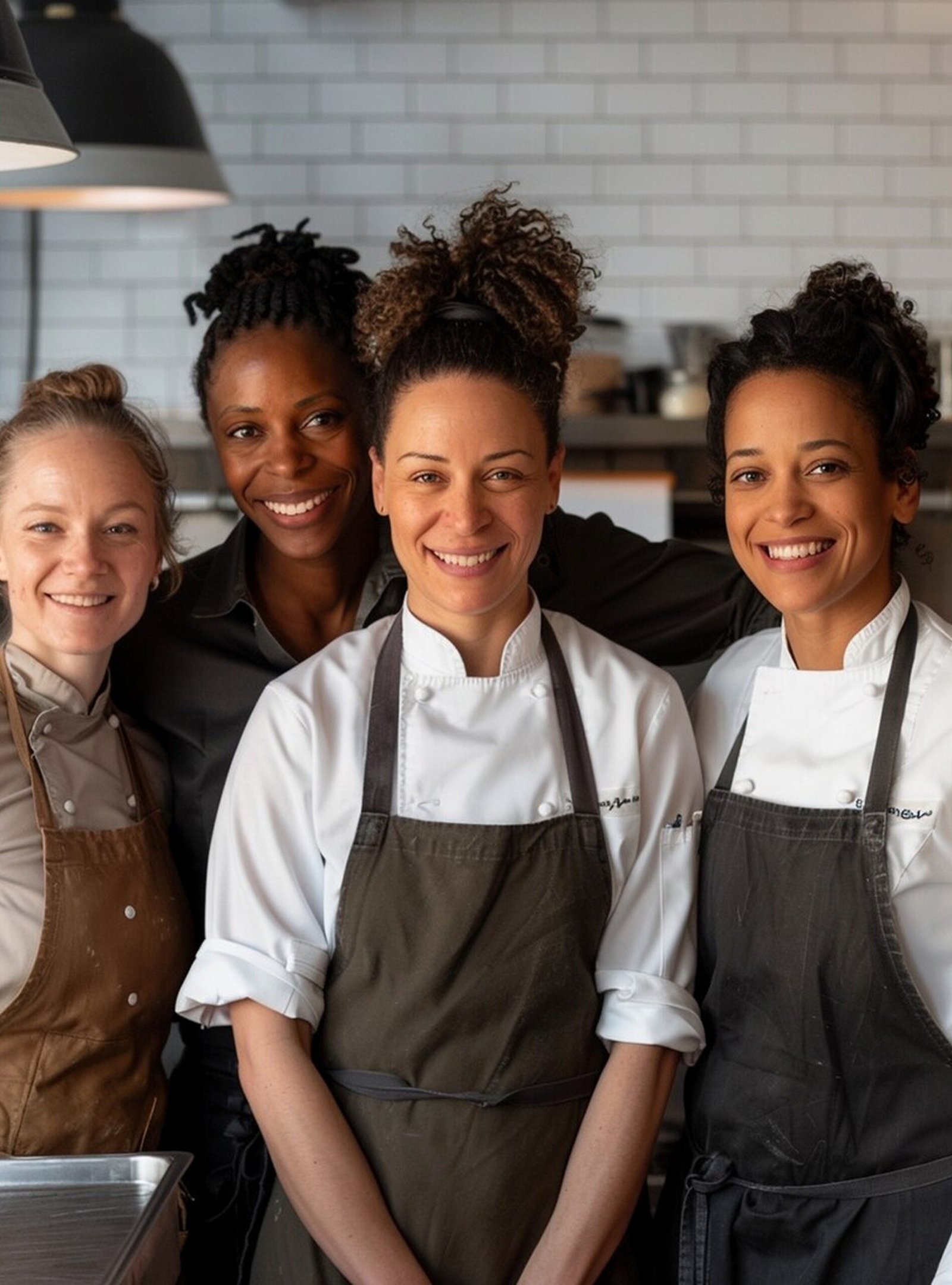
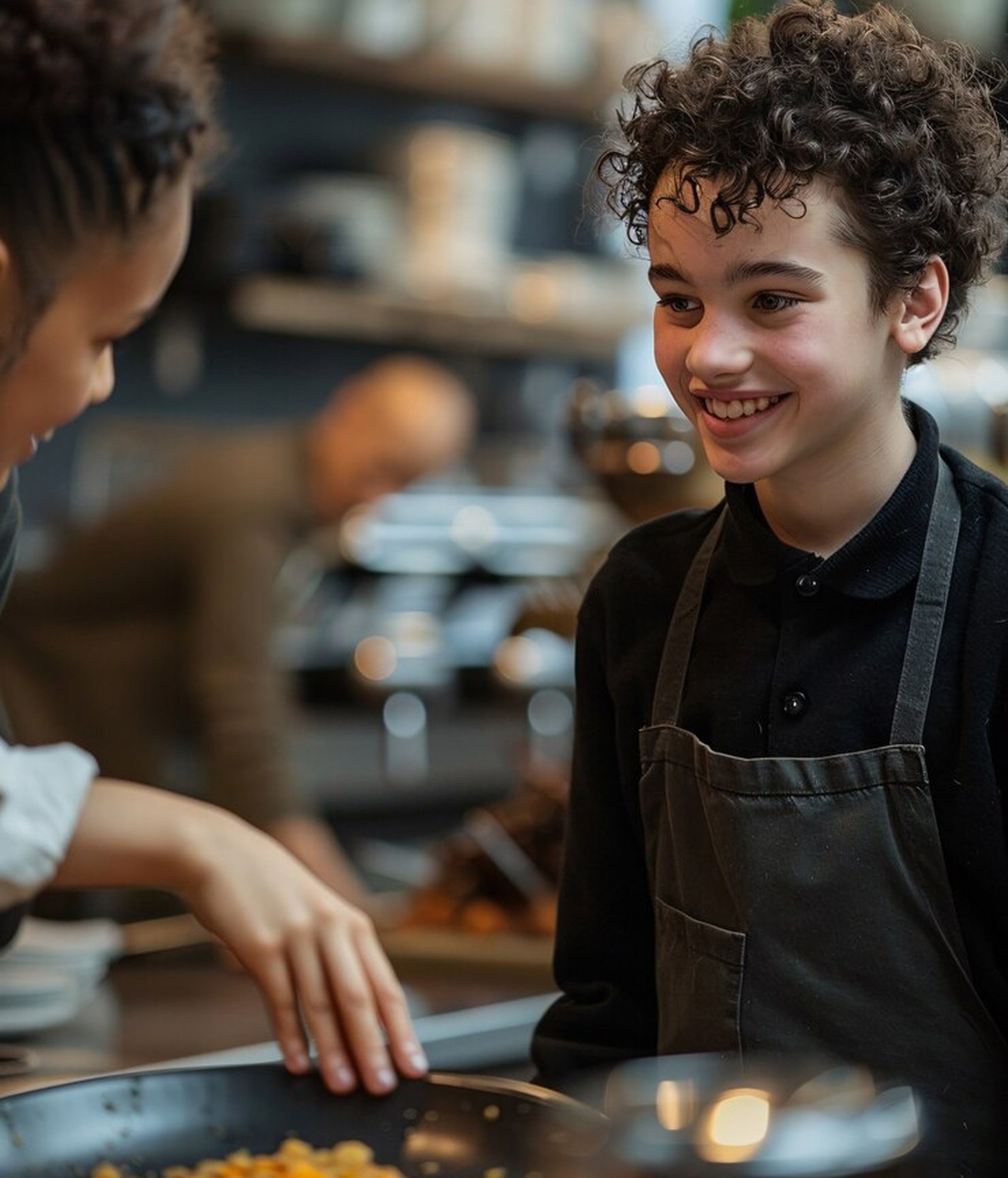

Lorem Ipsum is simply dummy text of the printing and typesetting industry. Lorem Ipsum has been the industry's standard dummy text ever since the 1500s, when an unknown printer took a galley of type and scrambled it to make a type specimen book. It has survived not only five centuries,
